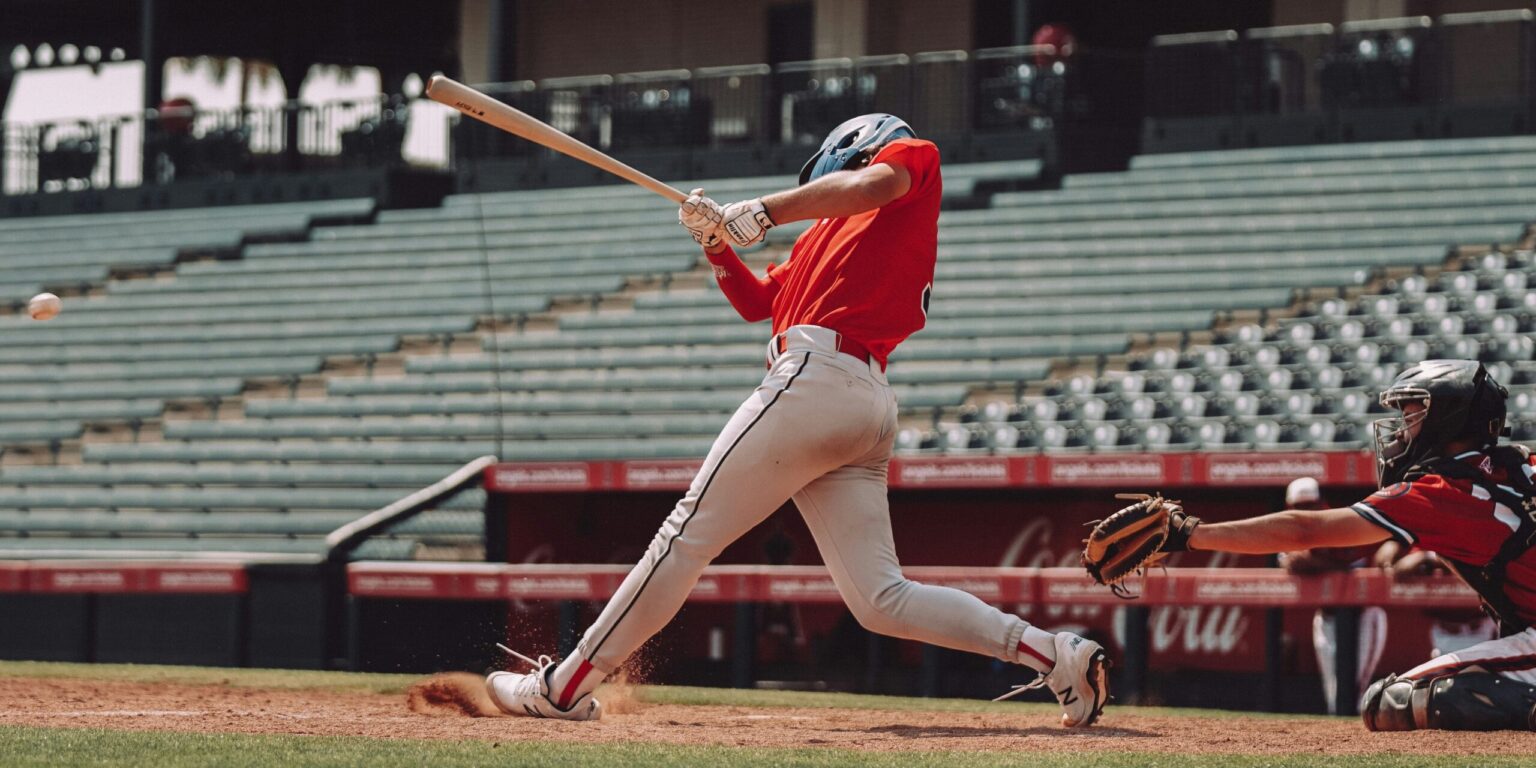On August 3, 2025, rehab assignments in Minor League Baseball spotlighted how advanced sports medicine, data-driven protocols, and careful monitoring are reshaping recovery strategies at all levels of professional baseball.
On that date, Houston Astros pitcher José Urquidy made his first rehab appearance following Tommy John surgery with the Lakeland Flying Tigers. He threw a clean, 1-2-3 inning—topping out just under 93 mph—with a strikeout and mix of fastball, curveball, and changeup. Although the Flying Tigers fell in extra innings, Urquidy’s performance drew praise as a textbook example of a safe, controlled return-to-play progression.
Meanwhile, Alex Cobb, dealing with hip inflammation, appeared in a two-inning rehab stint with the West Michigan Whitecaps. He allowed a solo home run but struck out four batters, showcasing command and endurance. Along with bullpen management and monitored pitch counts, Cobb’s outing reflected a renewed emphasis on incremental rehab work.
Earlier in the summer, Cobb made multiple High-A rehab starts—most notably a scoreless two-inning appearance on May 30 with three strikeouts—before progressing through controlled assignments. He had previously been pulled mid-assignment due to soreness, underscoring the variable nature of recovery and the need for adaptive programming.
These rehab assignments exemplify a shift in player care at the professional level. Build-up strategies now hinge on measured dose-response protocols: limiting pitch counts, spacing appearances, and tailoring mechanics rather than fast-tracking return. That adaptability is rooted in evolving research, which emphasizes tissue healing timelines, biomechanics, and workload tracking.
From a club perspective, Minor League rehab offers a low-stakes environment where performance and recovery can be observed against live competition. For Cobb and Urquidy, the assignments are part of a broader integrated plan involving frequent communications between medical staff, coaches, and analytics departments—blending objective performance data with subjective monitoring of pain, fatigue, and mechanical stress.
In Urquidy’s case, returning from surgery only after satisfying criteria for surgery recovery—pain thresholds, velocity consistency, and secondary muscle integrity—meant clinicians trusted a short, low-intensity outing to test readiness. That inning served as a benchmark: 93 mph was near baseline, his command appeared acceptable, and there were no immediate physical setbacks.
Similarly, Cobb’s rehab arc—with early success in West Michigan followed by promotion to Double-A and likely upcoming Triple-A workload—illustrates staged testing. Teams rely on evolving data: spin rates, biomechanical motion capture, shoulder and hip torque, recovery biomarkers such as creatine kinase levels, and qualitative feedback from the player. Those measures collectively inform whether to advance a pitcher or delay further.
These rehab protocols contrast sharply with past eras, when pitchers often rushed back based on elapsed time alone. Today’s approach—often driven by emerging injury-prevention research from universities and medical centers—argues that returning too early or throwing too many innings in rehab can lead to setbacks or chronic compensatory injuries.
Moreover, integrating advanced analytics not only guides physical progress but also protects teams economically. Players returning successfully after rehab assignments avoid long-term disabled list stints and minimize risks of reinjury. That reduces financial and roster volatility.
For pitchers like Urquidy and Cobb, successful rehab assignments carry reputational upside. Urquidy’s controlled return underlines his reliability as a postseason-caliber arm; Cobb’s innings show veteran resilience, possibly earning him late-season rotation or bullpen roles. Positive rehab trajectories often factor into trade evaluations, payroll decisions, and contract extensions.
Looking ahead, both players are expected to continue incremental work toward full activation on the Tigers or Astros rosters. Urquidy’s clean inning suggests he could rejoin the Astros rotation within weeks, pending bullpen availability and further medical clearance. Cobb’s plan likely includes a start with Triple-A Toledo before major league activation.
At a macro level, these assignments shed light on a broader shift in professional baseball. Injury recovery is increasingly seen not as a binary (injured vs. ready) but as a continuum, managed with carefully phased steps supported by science, data, and individualized assessment. Clubs are investing in high-performance medical staff, wearable sensors, and analytical tools to make recovery safer, faster, and more consistent.
In sum, the rehab starts on August 3 represent more than rehab innings—they reflect a new standard in athlete care. By blending evidence-based protocols, technology, and conservative workload management, Major League teams are unlocking faster, safer returns. As baseball evolves, rehab assignments in the minor leagues are becoming testing grounds for next-generation sports medicine—improving health outcomes and redefining what peak recovery looks like.
